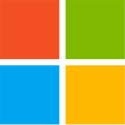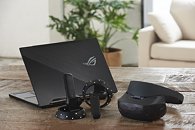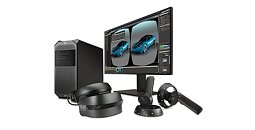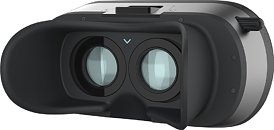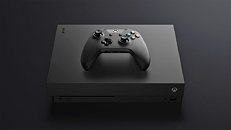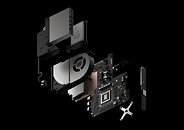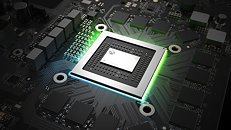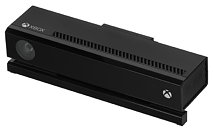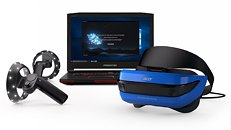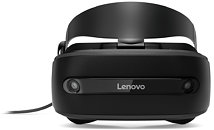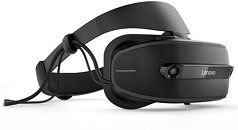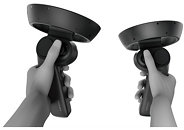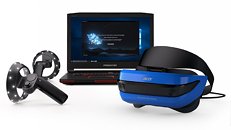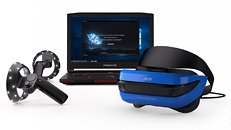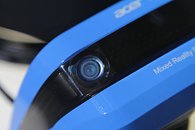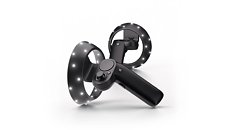VirtualLink: New Open Industry Standard for Next-Generation VR Headsets
(Editor's Note: Naturally, the adoption of such a standard does imply that graphics card manufacturers will have to start fitting USB 3.1 connectors on their graphics card outputs. This opens up a proverbial can of worms on backwards compatibility of this new data delivery protocol, however, in that even current top-of-the-line graphics cards lack such a port - meaning that this protocol will only be compatible with eventual, future GPU releases.)
A new industry consortium led by NVIDIA, Oculus, Valve, AMD, and Microsoft today introduced the VirtualLink specification - an open industry standard that enables next-generation VR headsets to connect with PCs and other devices using a single, high-bandwidth USB Type-C connector, instead of a range of cords and connectors.
A new industry consortium led by NVIDIA, Oculus, Valve, AMD, and Microsoft today introduced the VirtualLink specification - an open industry standard that enables next-generation VR headsets to connect with PCs and other devices using a single, high-bandwidth USB Type-C connector, instead of a range of cords and connectors.

